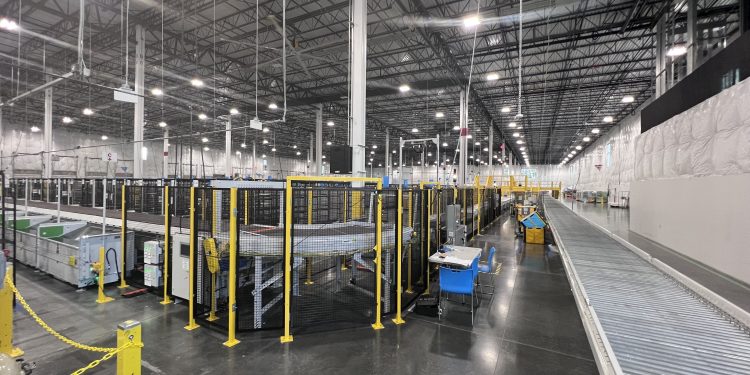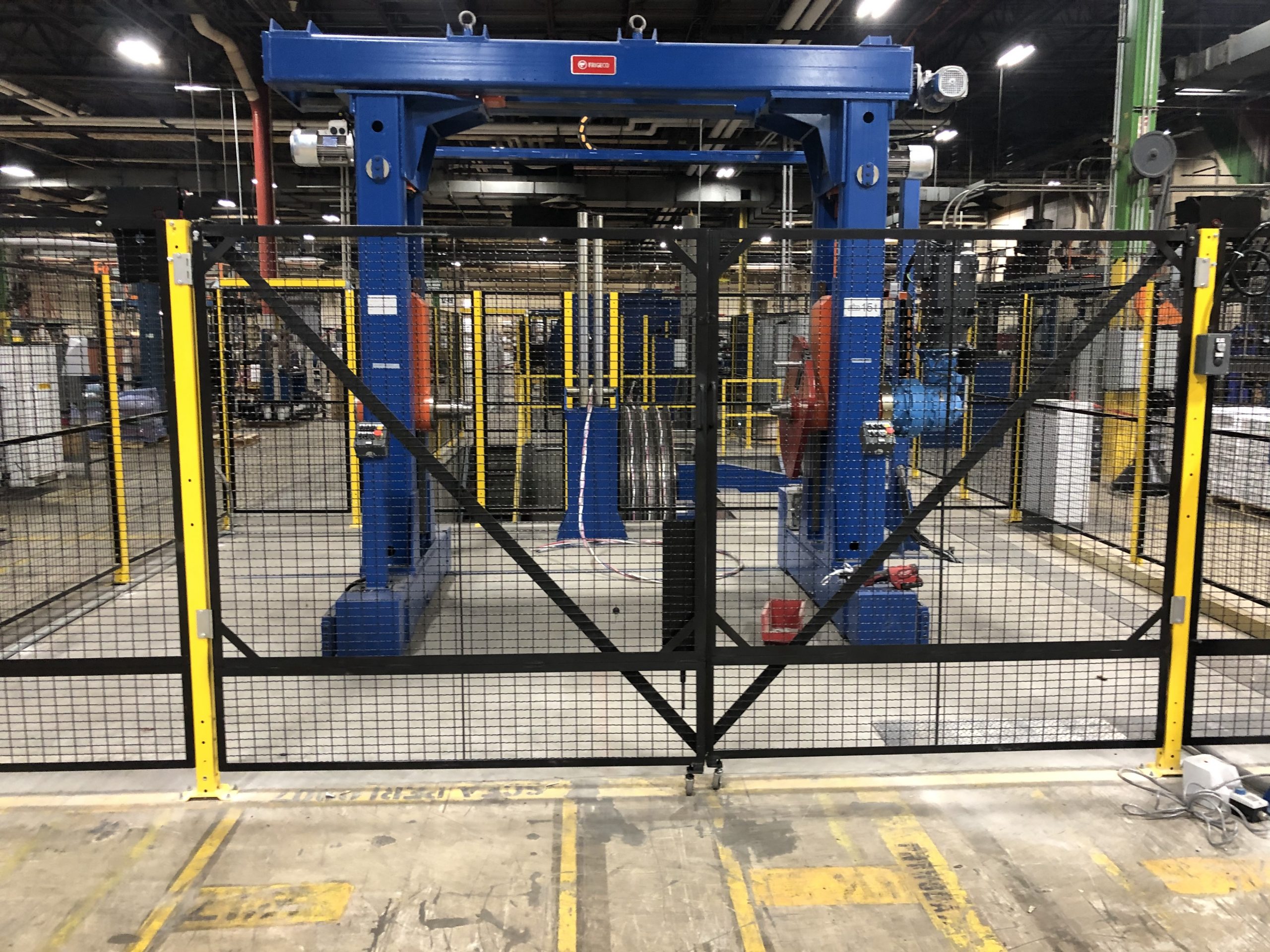
Industrial robots are revolutionizing warehousing and manufacturing operations. They have become increasingly popular as they can perform hazardous, heavy, and repetitive tasks that humans find tedious and risky. They have helped companies cope with labor shortages, leading to faster and more efficient operations.
As helpful as robots can be, they do have their risks and considerations. If you’re adding robots to your floor, you must take the proper safety measures to prevent equipment damage, worker injury, and potential deaths in the worst possible scenario.
OSHA studies have revealed that many accidents occur during non-routine operating conditions, like programming, maintenance, testing, setup, or adjustment. Workers may have a false sense of safety or reduced sense of concern as the robot(s) are not in normal operating mode.
You’ll need a multi-pronged approach to create a safe environment when robots are part of your operations. One involves training your staff properly, and the other involves equipment. There are several factors to consider to ensure safety.
 Before installing robots on the floor, you must do a thorough risk assessment. Robot manufacturers and suppliers should design robots and robot systems with safety in mind. Collaboration between the robot or process supplier and the user to identify hazards, assess risks, and reduce risks to an acceptable level is recommended. An effective risk assessment should result in a clear understanding of the risks, appropriate risk reduction measures, reduction of risks to an acceptable level, and documentation of the risk assessment. The process owner is responsible for ensuring that all personnel working on, with, or around the machinery are trained per the risk assessment. Personnel include, but are not limited to, operators, supervisors, maintenance, and service personnel. In this stage, you’ll be looking for any human/machine interactions and potential risks that can arise from that. If they identify these scenarios, they must minimize or eliminate these risks. Relevant standards to the performance of a risk assessment include but are not limited to ANSI B11.0, ANSI B11.19, ISO 12100, and RIA TR R15.306.
Before installing robots on the floor, you must do a thorough risk assessment. Robot manufacturers and suppliers should design robots and robot systems with safety in mind. Collaboration between the robot or process supplier and the user to identify hazards, assess risks, and reduce risks to an acceptable level is recommended. An effective risk assessment should result in a clear understanding of the risks, appropriate risk reduction measures, reduction of risks to an acceptable level, and documentation of the risk assessment. The process owner is responsible for ensuring that all personnel working on, with, or around the machinery are trained per the risk assessment. Personnel include, but are not limited to, operators, supervisors, maintenance, and service personnel. In this stage, you’ll be looking for any human/machine interactions and potential risks that can arise from that. If they identify these scenarios, they must minimize or eliminate these risks. Relevant standards to the performance of a risk assessment include but are not limited to ANSI B11.0, ANSI B11.19, ISO 12100, and RIA TR R15.306.
Ask after the OEM’s safety features—do they include emergency stop buttons? Other features should include safety switches, interlocked guards, reduced speeds, and protective barriers. Ensure they are properly installed, and all of these features are in working order when you receive the equipment.
When you receive your robots, check to ensure that programming and control features are in order. These will help the robots avoid collisions with objects and people. Training your employees on robot safety is also critical. Staff should understand the safety protocols that accompany working near robots, how to operate safety devices, and how to shut down the system in an emergency.
Maintenance is another critical area of focus. Users are responsible for maintaining the equipment within the documented operating limits, including creating and implementing a maintenance program consisting of periodic and regular inspections to ensure that all system components and risk reduction measures are in a safe operating condition. Replace broken or worn parts promptly, regularly test safety features, and ensure the robots work within their intended parameters.
By taking these essential steps, companies can reap the productivity and other benefits that robots offer and do so safely. Work with your robotics partner to check all the right boxes.
To read more about the Buyer’s Journey:
Robots Make Work Easier For Humans
When Flooring Takes Center Stage In Robotics
How Robotics Can Increase Your Throughput
Sharing Best Practices – Post Implementation
How To Avoid Potential Pitfalls Of Robotics Ownership
Your Guide To Successful Metrics For Automation Implementation
Orchestrating Workflows Within Your Distribution Center
Justifying Robotics In Your Operations
Robotics – The Buyer’s Journey, Part II
To learn more about The Robotics Group (TRG): https://www.mhi.org/robotics



